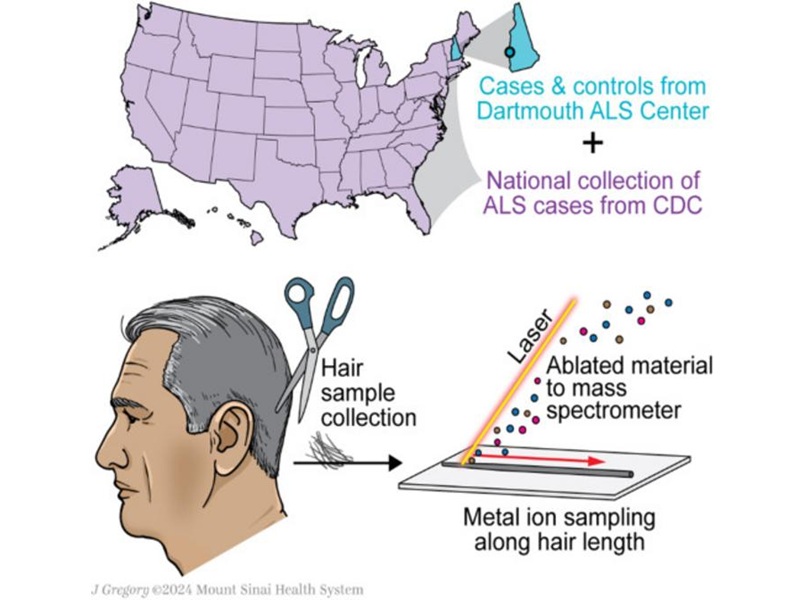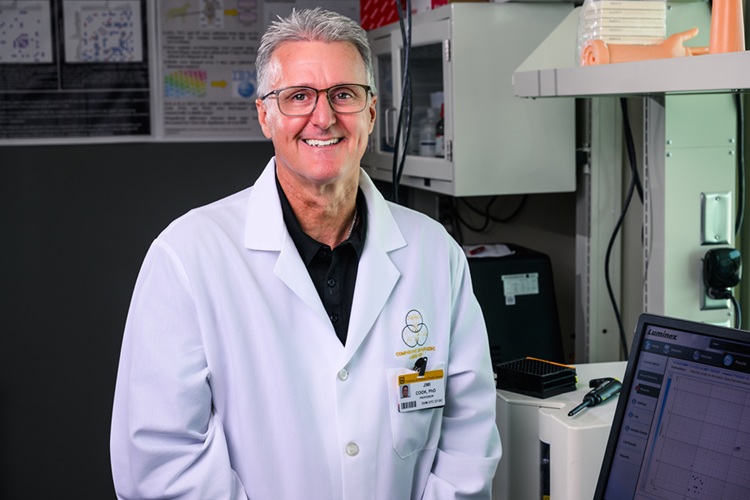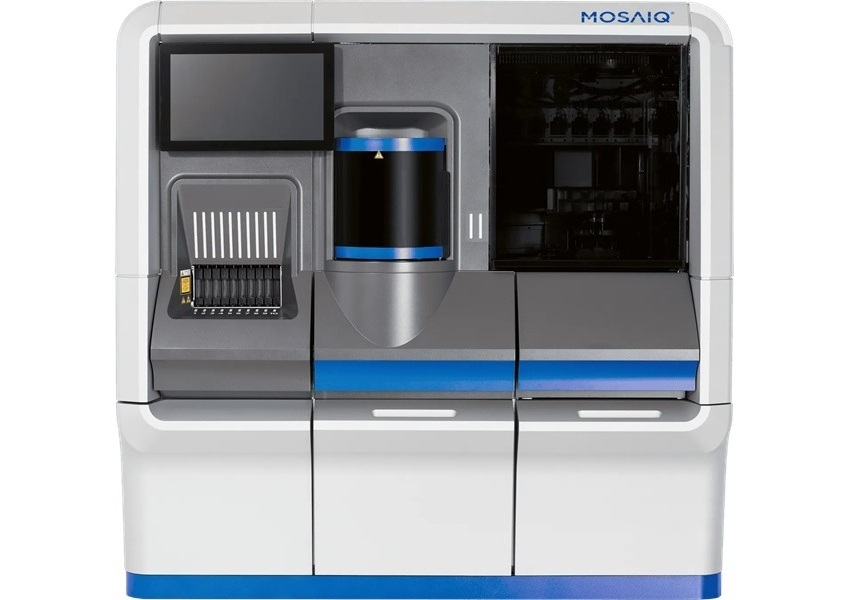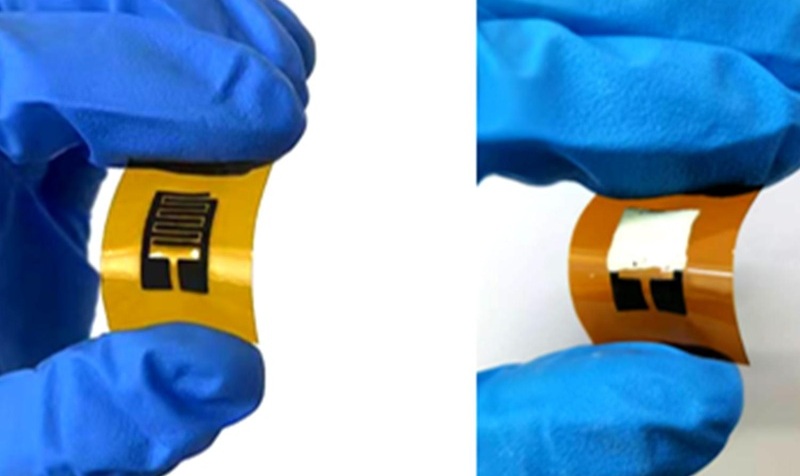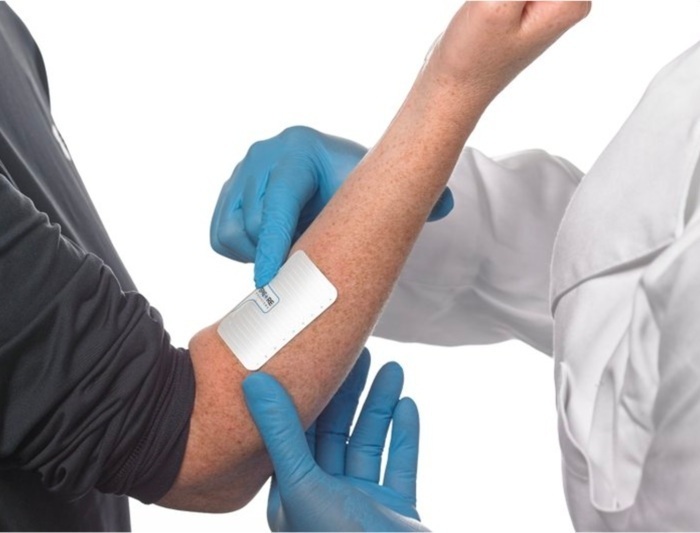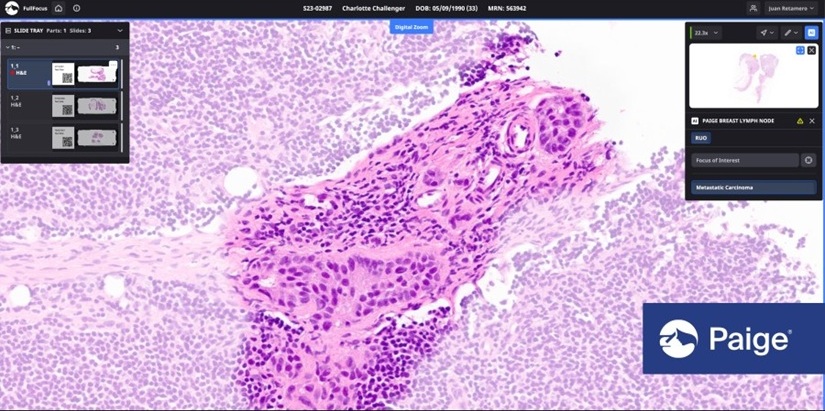Oral HPV-DNA Persists after Oropharyngeal Cancer Treatment
|
By LabMedica International staff writers Posted on 14 May 2019 |
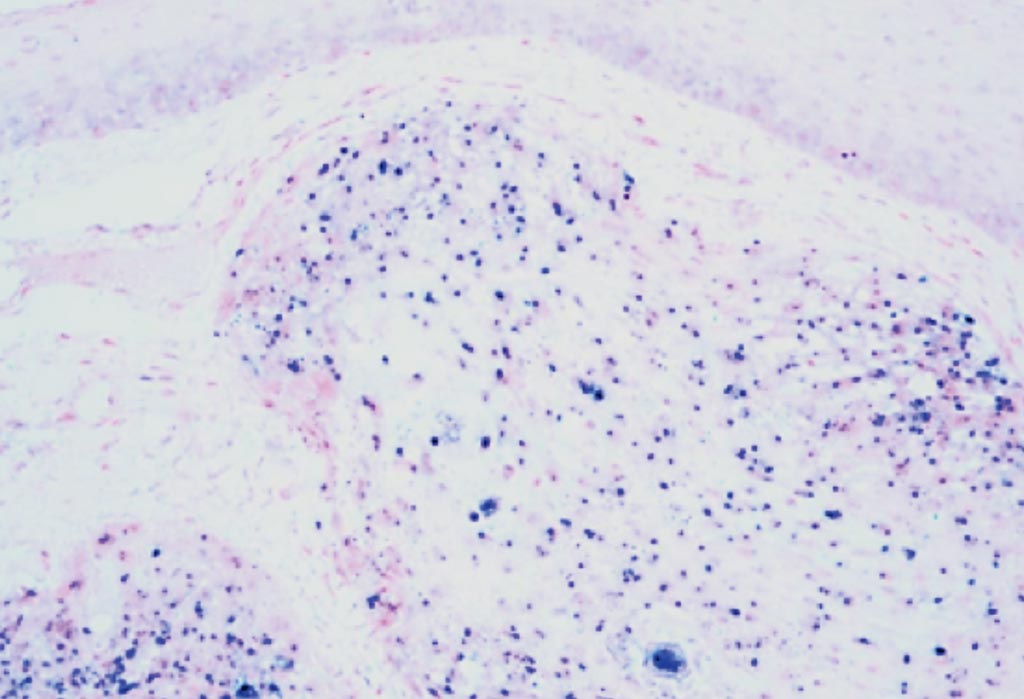
Image: A photomicrograph of human papilloma virus associated oropharyngeal cancer. The tissue has been stained to show the presence of the virus by in situ hybridization (Photo courtesy of Jennifer L. Hunt, MD).
Head and neck cancers affect some 53,000 people in the USA each year, according to the National Cancer Institute, and human papilloma virus (HPV) has been implicated in many of those cases. The diagnosis of cancer can be confirmed by tissue biopsy.
In general, patients with HPV-positive tumors have higher survival rates than those with HPV-negative tumors. Persistent traces of human papilloma virus DNA after treatment for HPV-positive head and neck cancer are linked to an increased recurrence risk.
Medical scientists at the Johns Hopkins School of Medicine (Baltimore, MD, USA) and the MD Anderson Cancer Center (Houston, TX, USA) and their colleagues performed a prospective, two-institution, tertiary referral center study of 396 patients with newly diagnosed oral cavity or oropharyngeal head and neck squamous cell carcinoma (HNSCC) from July 11, 2011, to May 7, 2016.
Oral rinse samples were prospectively collected at diagnosis and at completion of primary therapy. Weekly oral rinse samples were collected during radiotherapy. Purified tumor and oral rinse sample DNA were evaluated for 37 HPV types, and viral load was quantified by type-specific real-time polymerase chain reaction. Cancers were stratified by tumor HPV status, and HPV was classified as tumor type if identical to that detected in the tumor or non-tumor type.
The investigators reported that at diagnosis, patients with HPV-positive tumors were significantly more likely to have oral rinse samples positive for HPV than were patients with HPV-negative tumors. In particular, the scientists reported that the detection of any oral HPV DNA had a sensitivity of 84%, a specificity of 88%, a positive predictive value of 88%, and a negative predictive value of 84% for the diagnosis of an HPV-positive tumor. The prevalence of oral HPV DNA, though, went down after treatment. Prior to treatment, the prevalence of HPV DNA in oral rinses that matched that of HPV in the tumor sample was 69%. But after primary surgical resection, it was about 14%. Its prevalence fell similarly for patients who underwent radiotherapy, going from 85% before treatment to 9% after radiotherapy.
As expected, overall and recurrence-free survival was higher for patients with HPV-positive tumors than with HPV-negative tumors. Patients with HPV-positive tumors had a two-year overall survival of 91%, as compared to 75% for patients with HPV-negative tumors. But for a subset of patients with HPV-positive tumors, about 14%, the prevalence of oral HPV DNA did not decline with treatment. These patients were more likely to recurrent disease, with about 45% experiencing disease recurrence within two years. Additionally, this subset had a lower two-year overall survival of 68%.
The authors concluded that the prevalence and viral load of tumor-type HPV DNA decreased rapidly with therapy, and persistent detection was associated with increased risk of recurrence and death. Analysis of tumor type HPV DNA has considerable promise as a biomarker for treatment response and risk of progression. The study was published on May 2, 2019, in the journal JAMA Oncology.
Related Links:
Johns Hopkins School of Medicine
MD Anderson Cancer Center
In general, patients with HPV-positive tumors have higher survival rates than those with HPV-negative tumors. Persistent traces of human papilloma virus DNA after treatment for HPV-positive head and neck cancer are linked to an increased recurrence risk.
Medical scientists at the Johns Hopkins School of Medicine (Baltimore, MD, USA) and the MD Anderson Cancer Center (Houston, TX, USA) and their colleagues performed a prospective, two-institution, tertiary referral center study of 396 patients with newly diagnosed oral cavity or oropharyngeal head and neck squamous cell carcinoma (HNSCC) from July 11, 2011, to May 7, 2016.
Oral rinse samples were prospectively collected at diagnosis and at completion of primary therapy. Weekly oral rinse samples were collected during radiotherapy. Purified tumor and oral rinse sample DNA were evaluated for 37 HPV types, and viral load was quantified by type-specific real-time polymerase chain reaction. Cancers were stratified by tumor HPV status, and HPV was classified as tumor type if identical to that detected in the tumor or non-tumor type.
The investigators reported that at diagnosis, patients with HPV-positive tumors were significantly more likely to have oral rinse samples positive for HPV than were patients with HPV-negative tumors. In particular, the scientists reported that the detection of any oral HPV DNA had a sensitivity of 84%, a specificity of 88%, a positive predictive value of 88%, and a negative predictive value of 84% for the diagnosis of an HPV-positive tumor. The prevalence of oral HPV DNA, though, went down after treatment. Prior to treatment, the prevalence of HPV DNA in oral rinses that matched that of HPV in the tumor sample was 69%. But after primary surgical resection, it was about 14%. Its prevalence fell similarly for patients who underwent radiotherapy, going from 85% before treatment to 9% after radiotherapy.
As expected, overall and recurrence-free survival was higher for patients with HPV-positive tumors than with HPV-negative tumors. Patients with HPV-positive tumors had a two-year overall survival of 91%, as compared to 75% for patients with HPV-negative tumors. But for a subset of patients with HPV-positive tumors, about 14%, the prevalence of oral HPV DNA did not decline with treatment. These patients were more likely to recurrent disease, with about 45% experiencing disease recurrence within two years. Additionally, this subset had a lower two-year overall survival of 68%.
The authors concluded that the prevalence and viral load of tumor-type HPV DNA decreased rapidly with therapy, and persistent detection was associated with increased risk of recurrence and death. Analysis of tumor type HPV DNA has considerable promise as a biomarker for treatment response and risk of progression. The study was published on May 2, 2019, in the journal JAMA Oncology.
Related Links:
Johns Hopkins School of Medicine
MD Anderson Cancer Center
Latest Microbiology News
- Microfluidic Platform Assesses Neutrophil Function in Sepsis Patients
- New Diagnostic Method Confirms Sepsis Infections Earlier
- New Markers Could Predict Risk of Severe Chlamydia Infection
- Portable Spectroscopy Rapidly and Noninvasively Detects Bacterial Species in Vaginal Fluid
- CRISPR-Based Saliva Test Detects Tuberculosis Directly from Sputum
- Urine-Based Assay Diagnoses Common Lung Infection in Immunocompromised People
- Saliva Test Detects Implant-Related Microbial Risks
- New Platform Leverages AI and Quantum Computing to Predict Salmonella Antimicrobial Resistance
- Early Detection of Gut Microbiota Metabolite Linked to Atherosclerosis Could Revolutionize Diagnosis
- Viral Load Tests Can Help Predict Mpox Severity
- Gut Microbiota Analysis Enables Early and Non-Invasive Detection of Gestational Diabetes
- Credit Card-Sized Test Boosts TB Detection in HIV Hotspots
- Fecal Metabolite Profiling Predicts Mortality in Critically Ill Patients
- Portable Molecular POC System Rules Out UTIs in Just 35 Minutes
- POC Lateral Flow Test Detects Deadly Fungal Infection Faster Than Existing Techniques
- Rapid Diagnostic Test Slashes Sepsis Mortality by 39%
Channels
Clinical Chemistry
view channel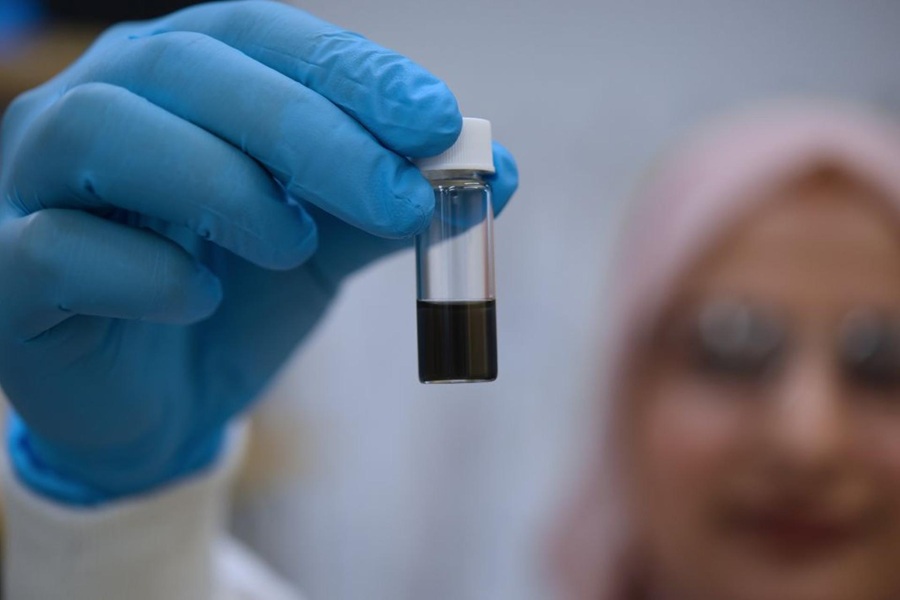
Gold Nanoparticles to Improve Accuracy of Ovarian Cancer Diagnosis
Ovarian cancer is considered one of the deadliest cancers, in part because it rarely shows clear symptoms in its early stages, and diagnosis is often complex. Current approaches make it difficult to accurately... Read more
Simultaneous Cell Isolation Technology Improves Cancer Diagnostic Accuracy
Accurate cancer diagnosis remains a challenge, as liquid biopsy techniques often fail to capture the complexity of tumor biology. Traditional systems for isolating circulating tumor cells (CTCs) vary in... Read moreMolecular Diagnostics
view channel
CRISPR-Based Tuberculosis Test Uses Mouth Swab to Simplify Screening
Tuberculosis remains the world’s deadliest infectious disease, with more than 10 million people falling ill annually and about 40% of cases going undiagnosed. Current testing depends on sputum samples,... Read more
New DNA Methylation-Based Method Predicts Cancer Progression
Cancer often develops silently for years before diagnosis, making it difficult to trace its origins and predict its progression. Traditional approaches to studying cancer evolution have lacked the precision... Read moreHematology
view channel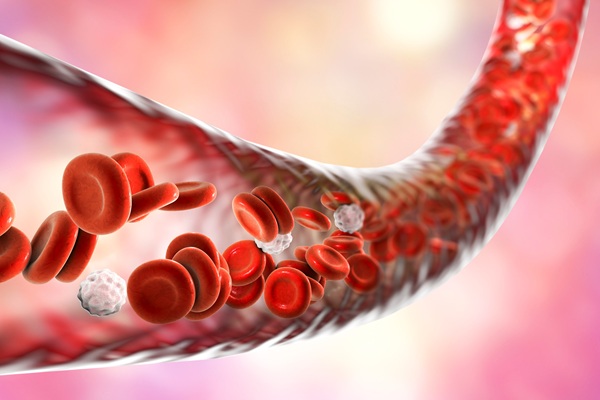
Pioneering Model Measures Radiation Exposure in Blood for Precise Cancer Treatments
Scientists have long focused on protecting organs near tumors during radiotherapy, but blood — a vital, circulating tissue — has largely been excluded from dose calculations. Each blood cell passing through... Read more
Platelets Could Improve Early and Minimally Invasive Detection of Cancer
Platelets are widely recognized for their role in blood clotting and scab formation, but they also play a crucial role in immune defense by detecting pathogens and recruiting immune cells.... Read more
Portable and Disposable Device Obtains Platelet-Rich Plasma Without Complex Equipment
Platelet-rich plasma (PRP) plays a crucial role in regenerative medicine due to its ability to accelerate healing and repair tissue. However, obtaining PRP traditionally requires expensive centrifugation... Read moreImmunology
view channel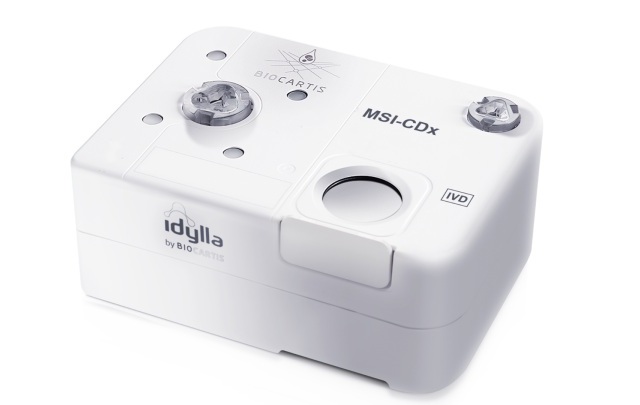
Companion Diagnostic Test for CRC Patients Identifies Eligible Treatment Population
Colorectal cancer remains one of the leading causes of cancer-related deaths worldwide, and identifying which patients will benefit most from targeted immunotherapies is critical. Existing diagnostic methods... Read more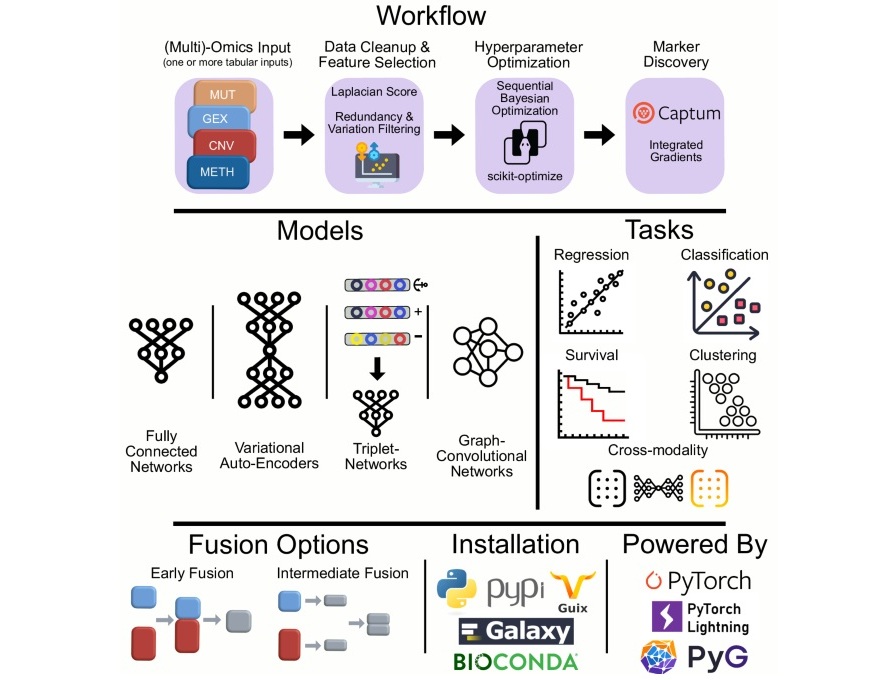
Novel Tool Uses Deep Learning for Precision Cancer Therapy
Nearly 50 new cancer therapies are approved each year, but selecting the right one for patients with highly individual tumor characteristics remains a major challenge. Physicians struggle to navigate the... Read more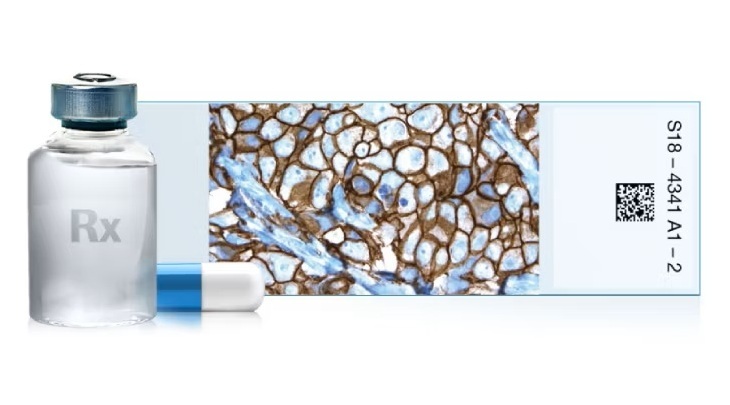
Companion Diagnostic Test Identifies HER2-Ultralow Breast Cancer and Biliary Tract Cancer Patients
Breast cancer is the most common cancer in Europe, with more than 564,000 new cases and 145,000 deaths annually. Metastatic breast cancer is rising in younger populations and remains the leading cause... Read morePathology
view channel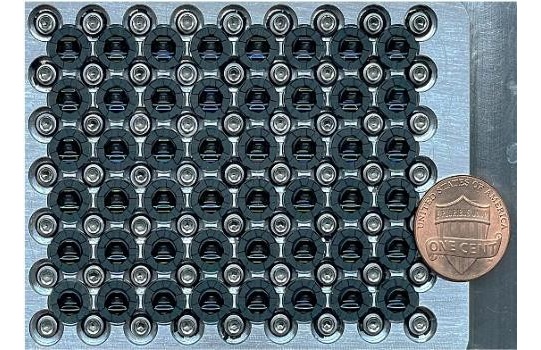
New Microscope Promises to Speed Up Medical Diagnostics
Traditional microscopes are designed for flat samples, yet real-life specimens, such as tissue slides, are often curved or uneven. This mismatch forces researchers to rely on scanning methods or costly... Read more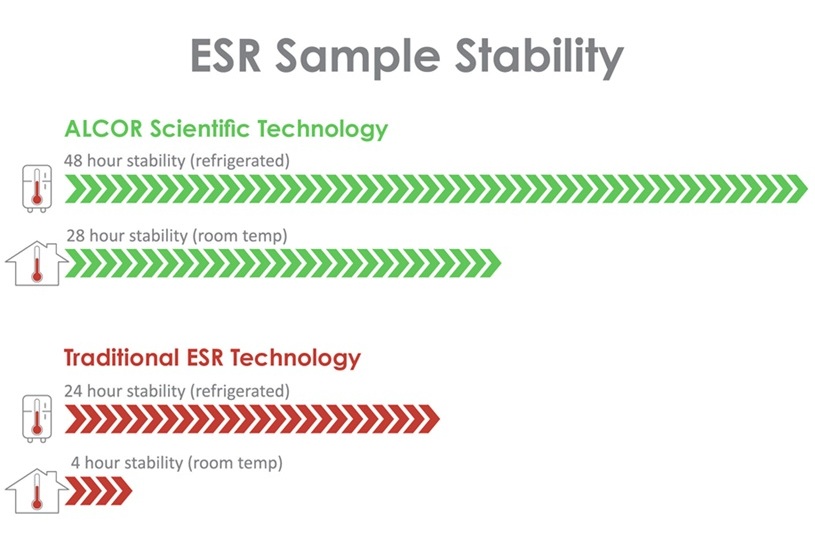
ESR Testing Breakthrough Extends Blood Sample Stability from 4 to 28 Hours
Erythrocyte sedimentation rate (ESR) is one of the most widely ordered blood tests worldwide, helping clinicians detect and monitor infections, autoimmune conditions, cancers, and other diseases.... Read moreAccurate Pathological Analysis Improves Treatment Outcomes for Adult Fibrosarcoma
Adult fibrosarcoma is a rare and highly aggressive malignancy that develops in connective tissue and often affects the limbs, trunk, or head and neck region. Diagnosis is complex because tumors can mimic... Read more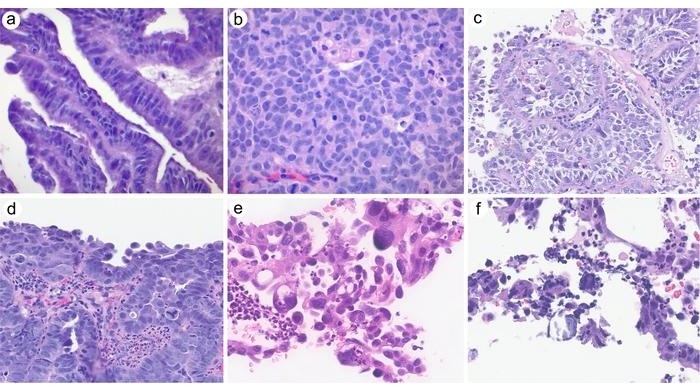
Clinicopathologic Study Supports Exclusion of Cervical Serous Carcinoma from WHO Classification
High-grade serous carcinoma is a rare diagnosis in cervical biopsies and can be difficult to distinguish from other tumor types. Cervical serous carcinoma is no longer recognized as a primary cervical... Read moreTechnology
view channel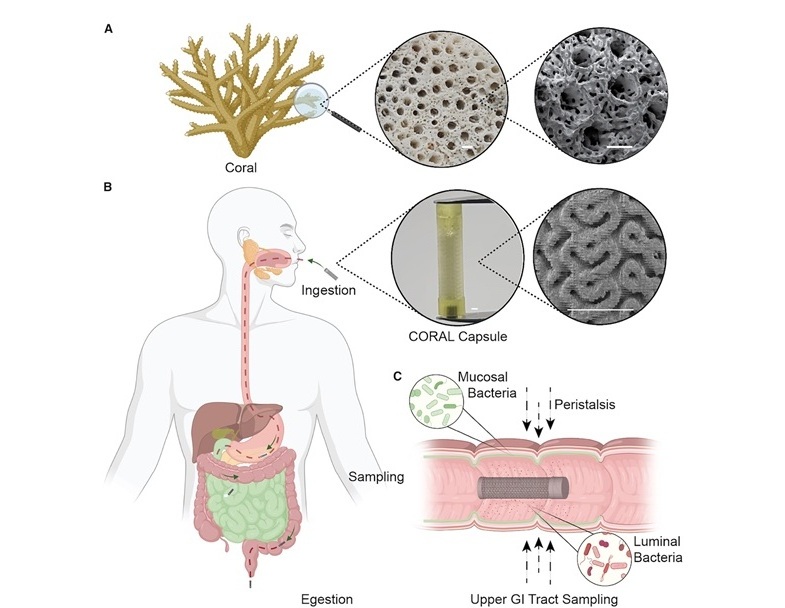
Coral-Inspired Capsule Samples Hidden Bacteria from Small Intestine
The gut microbiome has been linked to conditions ranging from immune disorders to mental health, yet conventional stool tests often fail to capture bacterial populations in the small intestine.... Read more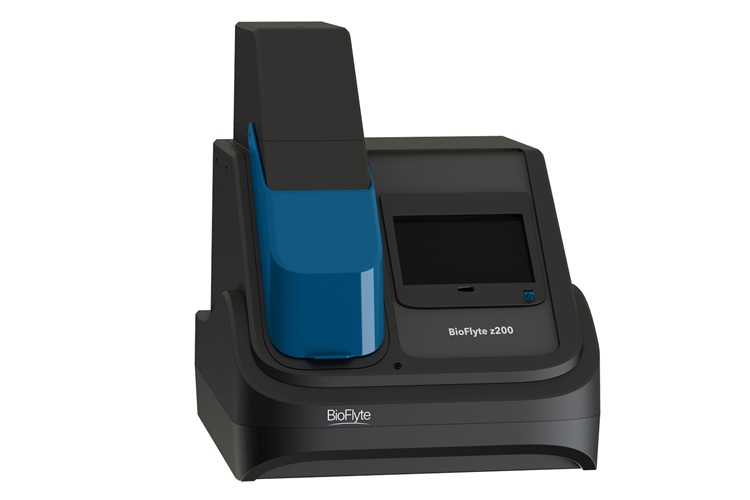
Rapid Diagnostic Technology Utilizes Breath Samples to Detect Lower Respiratory Tract Infections
Respiratory tract infections (LRTIs) are leading causes of illness and death worldwide, particularly among vulnerable populations such as the elderly, young children, and those with compromised immune systems.... Read moreIndustry
view channel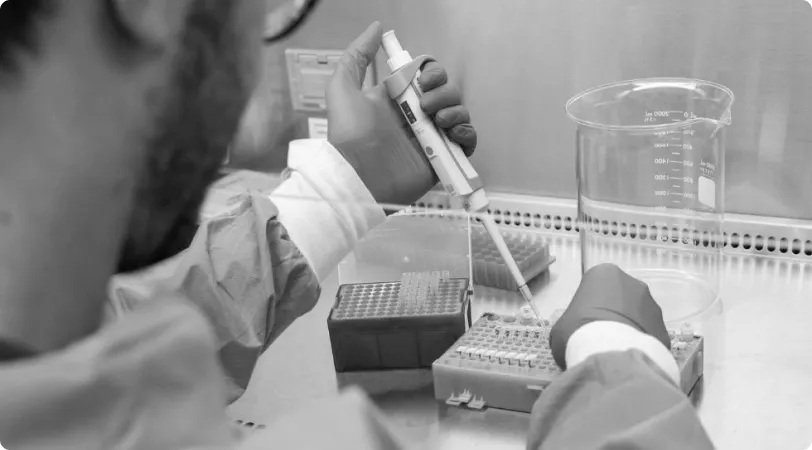
VedaBio Partners With Mammoth Biosciences to Expand CRISPR-Based Diagnostic Technologies
VedaBio (San Diego, CA, USA) has entered into a non-exclusive license agreement with Mammoth Biosciences (Brisbane, CA, USA) for the use of select CRISPR-based technologies in diagnostic applications.... Read more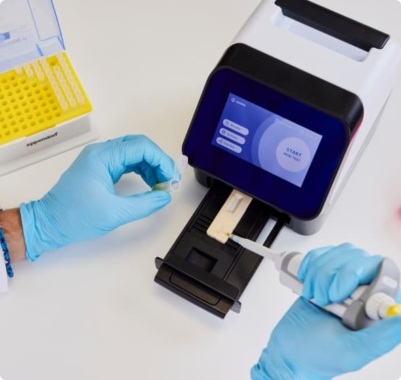










 (3) (1).png)
